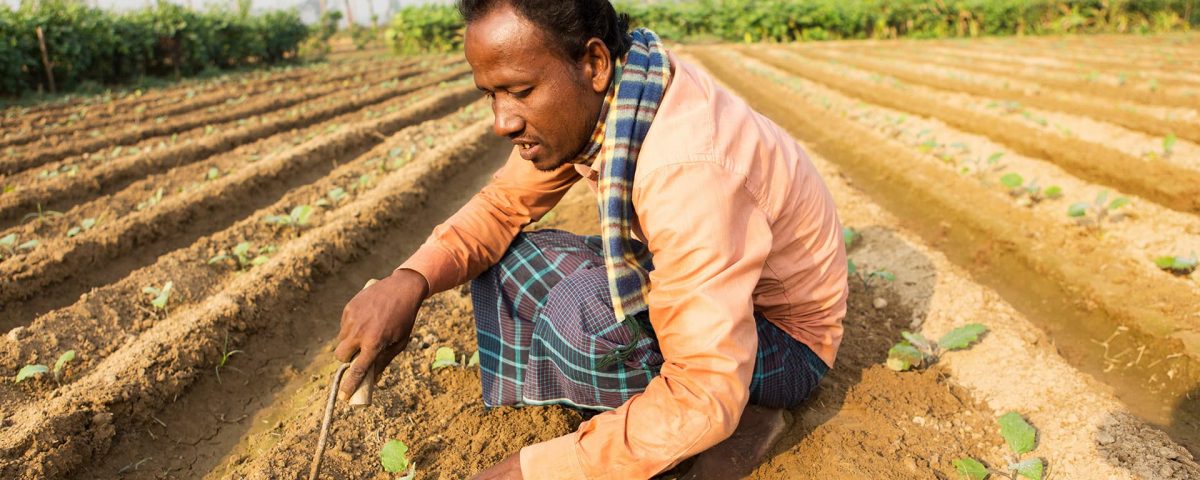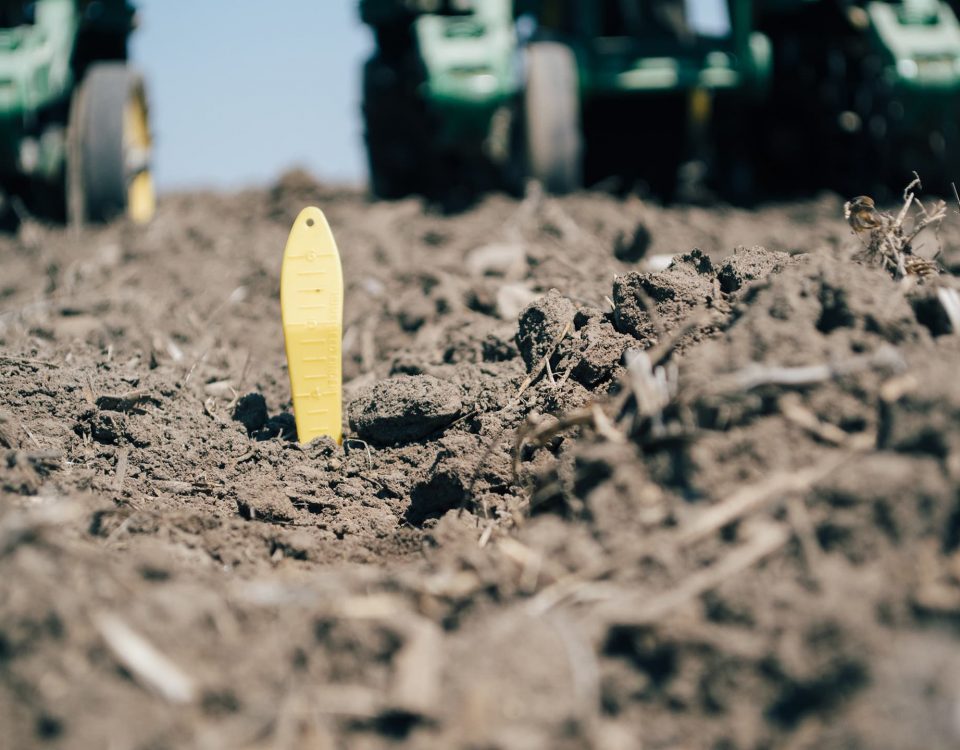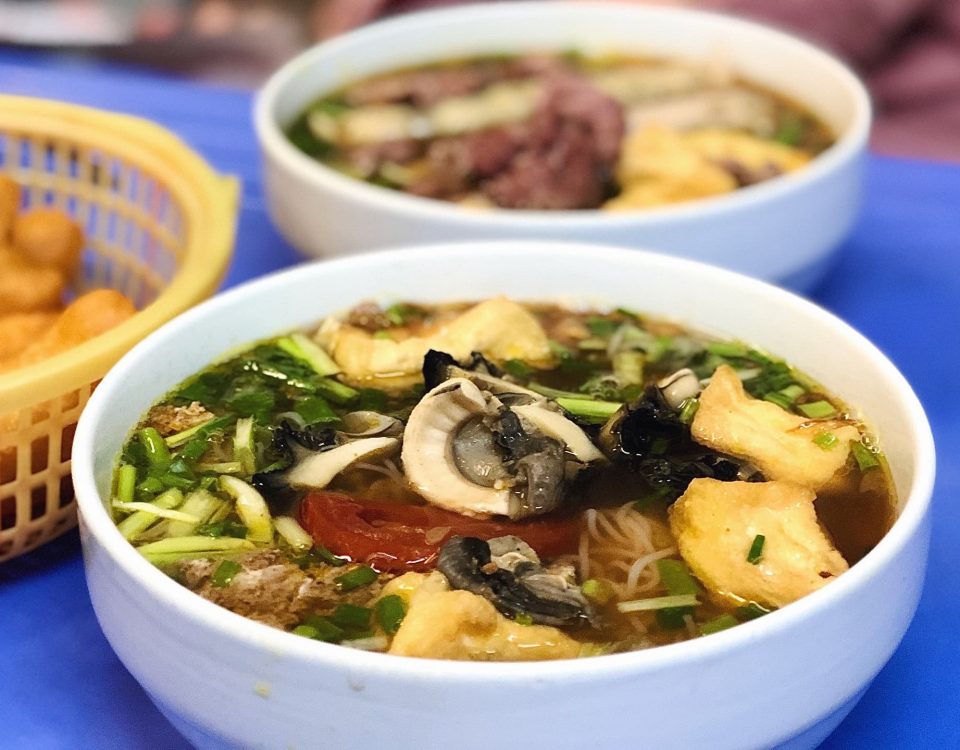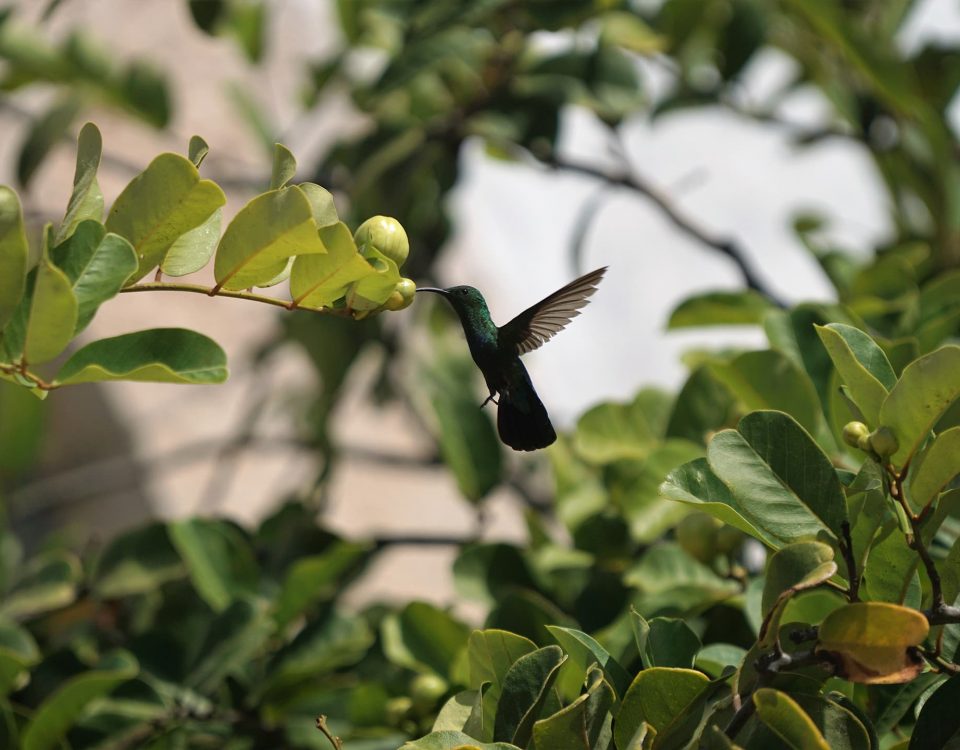Smallholder Farmers

Smallholder Farmers in Asia
Smallholder farmers are essential to rural economies all over the world, including Asia. In Asia alone, the 350 million smallholders farm their land and produce food for a substantial proportion of the world’s population, often working on land plots smaller than 2 hectares.
Many of these smallholder farmers are poor, food insecure and have limited access to markets and services. In China, nearly 98 percent of farmers cultivate farms smaller than 2 hectares whereas in India about 80 percent of farmers are smallholders .
The productivity of smallholder farms can increase with existing agricultural technology and practices but smallholder farmers access to improved seeds is still quite low. For example, in Nepal, only about 1/5 of the 2.7 million smallholder farms use improved seed varieties.
Developments in innovative farming methods are also pivotal to helping smallholder families improve their livelihood. According to CropLife International, innovative farming have helped farmers in developing countries earn an average of $5.15 per $1 invested in biotechnology, giving them greater freedom to support their family needs.
Smallholder farmers also benefit greatly from sustainable pesticide use. With pesticides, farmers can protect crops from pests, diseases, and weeds, allowing them to increase agricultural yield and supply quality produce. This will allow them to earn more and allocate their money for other needs of the family.
Source:
1. https://croplife.org/news/facts-family-farmers/
2. http://www.fao.org/3/a-i5251e.pdf
Farmer Stories
1. In the Business of Uplifting Lives2. The Bounty of BT
3. Not missing the chance
4. Not missing the chance [VN]
5. A Rewarding Venture



